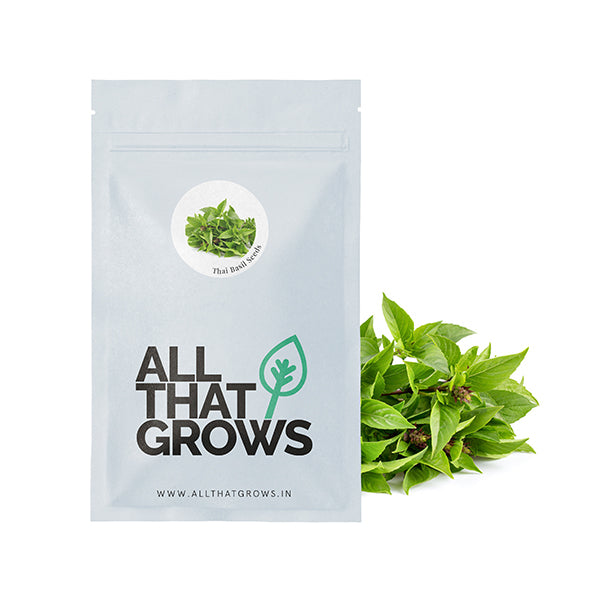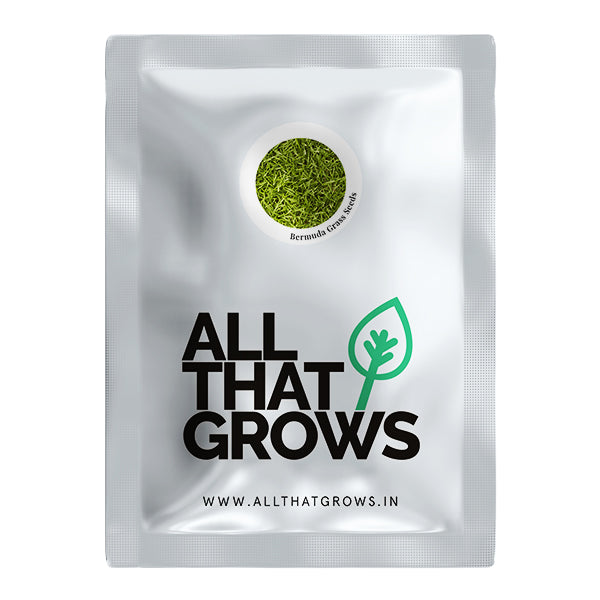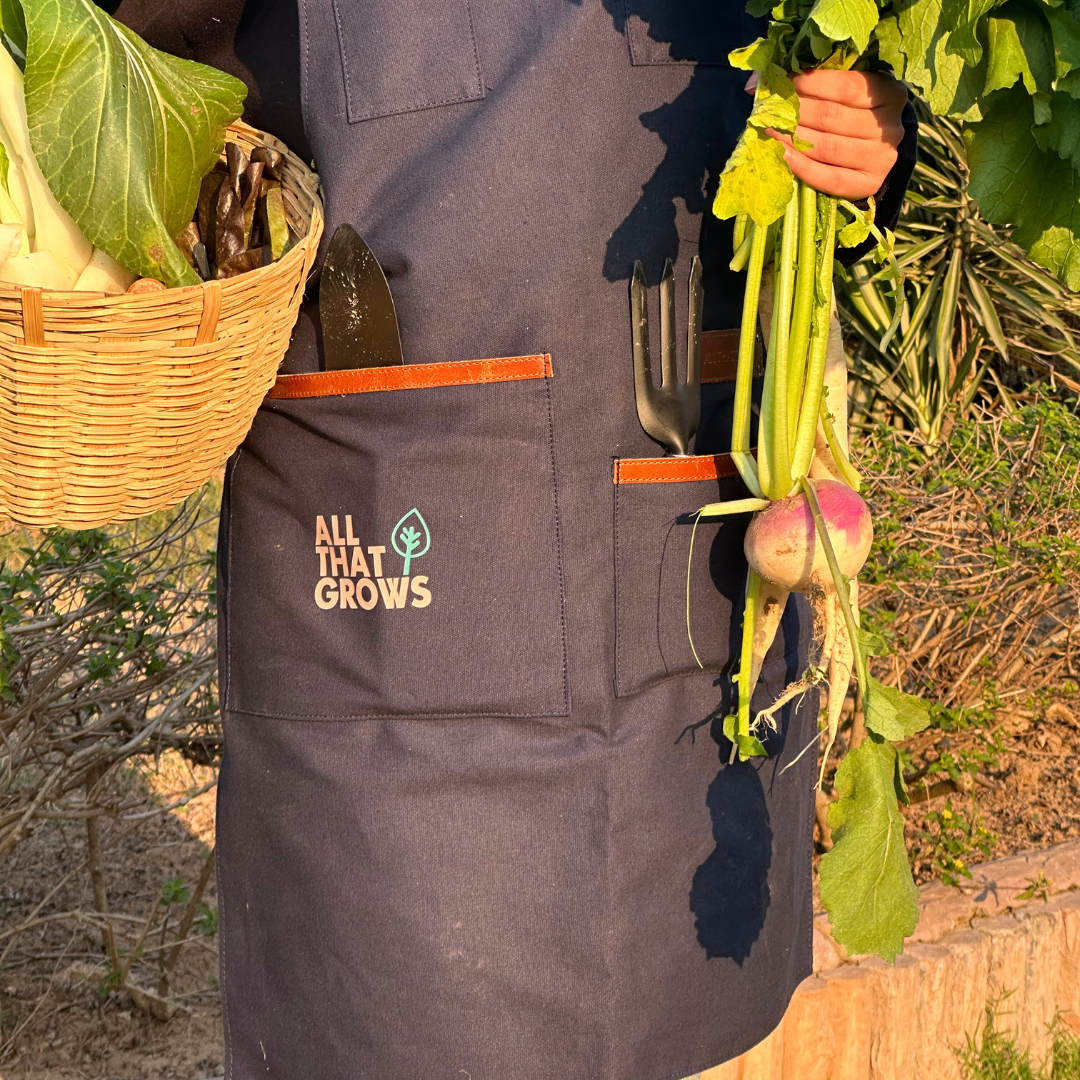- Details
- How to sow
- Reviews
Native to the Aztecs, Mayans, and Incas, the green leaf amaranth has long been in consumption for its health-giving properties. The demand for Amaranth continues to grow and it is mostly cultivated in the Himalayan region of India and also in Peru, Argentina, and Bolivia. But it is countries like China, Greece, Africa, and the Caribbean that most popularly and fondly consume it in the leaf form as a part of a variety of dishes. The super vegetable comes with exceptional health-benefits to keep you in good stead when consumed regularly. Being rich in Vitamin A, B6, C, E, K, and nutrients like calcium, magnesium, phosphorous, potassium, iron, copper, and many more micronutrients, the amaranth greens are highly beneficial to eyesight and help increase the red blood cells count. Not just this if the green amaranth is consumed frequently, it aids in lowering LDL or bad cholesterol levels, improves digestion and energy levels, counters unnatural hair loss, strengthens bones, teeth, and the immune system.
These are just some of the benefits that the green amaranth imparts. There is so much more to this absolutely amazing and healthful vegetable and grain. But be careful not to overcook it, else the nitrates present will turn into nitrites which can be harmful.. So next time you shop for your weekly stock of veggies and fruits, be sure to buy amaranth or even better grow your own, and savour a purer version.
Planting instructions
Gather the seeds and plant in late fall by spreading the seeds along the field. Amaranthus seeds can be directly seeded into your flower garden, or started indoors for transplanting later.
Space seeds or seedlings 10-12" apart. They will tolerate a little crowding, and look good in clumps or groups.
Amaranth is a warm season crop that requires full sun. Best germination occurs when soil temperatures are warm and grows well by planting in the same spot as leaf lettuce or radishes.
Growing Requirements
watering
After the seedlings germinate, they can be watered only once a week. The vine thrives in warm and dry weather.
pests
The crop is vulnerable to Tarnished plant bug and Amaranth weevil. The pests congregate around the growing seed heads and suck the fluid out, they can stunt the seed production. The weevils are a 2-stage threat with larvae chewing on the roots and adults going after the leaves.
soil
Amaranthus needs soil pH ranging between PH 4.2 to 9.1. It grows well in well- drained soil rich in Nitrogen and Phosperous
spot
Amaranthus prefers warm climate with six to eight hours of full sun
temperature
Amaranth germinates best at soil temperatures around 20 degree celsius [68 degree F]
how to harvest
To determine if it is ready for harvest, keep a sheet of clean paper under the bent over seed head and shake gently. If you see tiny, shiny black seeds falling on the paper,the crop is ready for harvest.
Once the seeds begin to readily fall from the tassels, take the seed heads in your hands and rub them over a bucket to catch the seed. This method of harvesting lessens the amount of debris and chaff that needs to be removed.
Once you have harvested the amaranth, it needs to be completely dried before you store to avoid molding. Leave it on trays to dry in the sun before storing.

The productiveness of any seed we sell is subject to your local climatic conditions*, the sowing method you adopt, and your commitment to the planting process. We give no warranty, expressed or implied, and are in no way responsible for the produce.
Please note that all our seasonal recommendations/ sowing information is as per the local climatic conditions. *For more information on the optimum conditions required for growing seeds in your region, please contact us at, hello@allthatgrows.in or Whatsapp us at, +91 8544865077
Questions & Answers
Have a Question?
Be the first to ask a question about this.


















